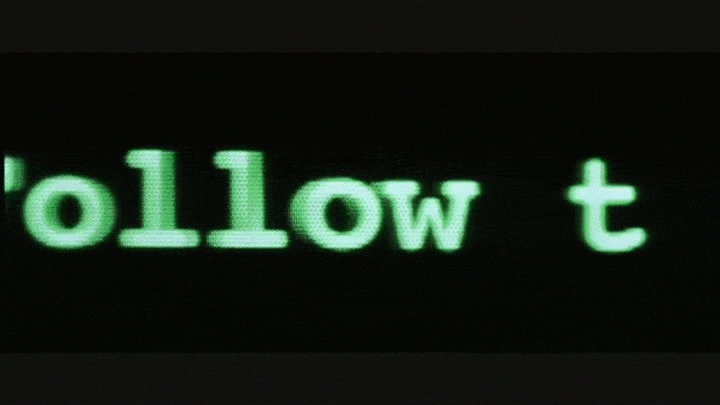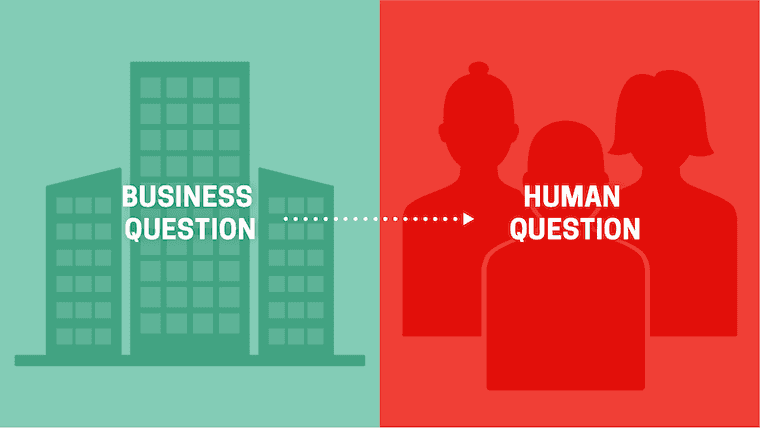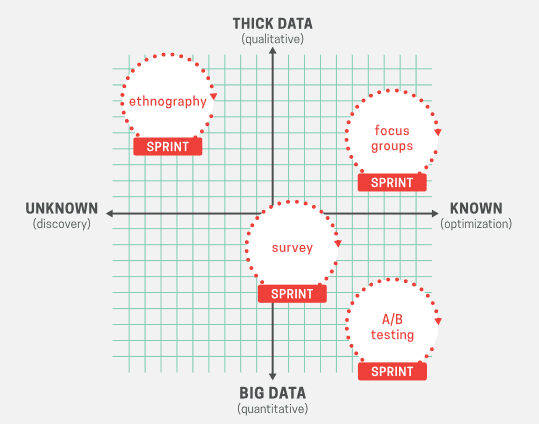#7 Purpose — a design system

Note: This is the seventh post of the book after the introduction. If you’re new to the book, start with the introduction. Or visit the full table of contents.
Purpose is a word that can mean different things to different people. Or seem so amorphous it means nothing at all — especially in the context of business. The other day I spoke to my dad, who’s not particularly au fait with the work we do at Po3, he’s long retired and more focussed on leisurely pursuits than understanding my career path. Like other people’s parents, I don’t think he’s ever known what it is I do. Dad’s congratulatory if I write something that gets in The Guardian or other reputable rag, but probably wouldn’t go so far as to share it, incase my syntax was poor, I misquoted, misrepresented, missed my point entirely or incurred some other writing misdemeanor.
I think dad stopped listening to my work chat (and I stopped talking about it) as over the last fifteen years I peppered him with phrases like; design thinking, user-centred and lean innovation. This time around, when waxing lyrical about post Covid recovery I used the phrase ‘purpose driven business’ — and he looked fairly incredulous that it was even a thing. An Oxford man and solicitor by trade, dad’s always been good as a sounding board — because he’s naturally sceptical and questioning.
When I talked through what I meant by purpose in business, he got it. He nodded in agreement to the points I was making and, as always, was reassuringly supportive. Thanks dad. There’s a thing we sometimes mention in workshops called the ‘mom test’ (from the book of the same name) which is about validating your ideas. Basically — people who love you, will undoubtedly always tell you your ideas are good. Great even. So, go validate your ideas elsewhere. Dad, your opinions are dead to me (sorry dad, don’t mean it).
It’s time to put some meat on the bones of purpose, flesh it out, make it real.
Giving purpose structure
Let’s see how this all ties together eh! Exciting. Here’s the moneyshot, Po3’s design system for creating purpose driven and sustainable business:

Po3’s purpose driven business design
Gotta love a venn right? Following in the footsteps of the circular economy, doughnut economics and Buurtzorg’s onion it’s a series of interlocks — because everything IS connected. One phrase that’s unavoidable when you run business discovery or ‘talking to people’ as otherwise known, is ‘silo’. Business units are siloed, people are siloed, systems are siloed. Blah. Business is built on fermenting towers of silage. Who knew?
Jokes aside, the problem is that businesses become a series of fiefdoms, individual pillars of power and separate systems because people and projects become isolated. It’s often easier to work on a problem in isolation rather than collaborate, because bureaucracy, process and political infighting actually slow things down. The opposite point of co-creation.
It’s a big thing to look at a problem holistically, but that’s what you’ve got to do if you want to design business right. Always consider the whole, have an end destination in mind and a place to begin. You won’t always find the solution first time, but you’re way more likely to deliver good work and quickly, while de-risking the whole process. Here’s why:
Pulling purpose apart
There are three principles that always have to be considered when designing business: Purpose, Ways of Working and Data. They underpin the three areas of business that need to be designed: Economics & governance, products & services and skills & learning. In no. #5 Method in the madness we talked about keeping it simple to land messages, it’s the whole thinking behind Po3 (see the short vid on our brand here). We also talked about making it clear where you’re moving from > to so you can begin to establish a clear business case for what you’re doing. It’s important to have a business case when where you’re headed is just a concept, rather than a defined end point. So, let’s get into the three core principles: Purpose, Ways of working and Data and why they’re your guiding lights.
“Chase the vision, not the money; the money will end up following you.”
Tony Hsieh, CEO of Zappos
Define purpose — always
Outputs > Impact & outcomes
No business can survive long-term without a defining a purpose. Purpose can take many forms, from; having a positive impact on wider society (not only chasing the dollar), to providing clarity on a unique value proposition and position in the market, so driving product adoption (by actually helping people do a thing that needs doing — crazy eh?) and aligning and motivating employees behind a mission. By defining purpose you’re giving meaning to what you’re doing. Creating impactful outcomes, not outputs and activity for the sake of vanity metrics. Everyone in business needs to know and understand the why, the momentum of the masses drives: productivity, agility and speed- creating a powerful, purposeful business.
“Knowledge is power”
Imam Ali (AD 599-661)
When you’re thinking about the why of business, it’s easy to get lost in the semantics of industry, misdirected by metrics or just confused by what someone’s saying. It’s best to stay human, always. Bust jargon, beat the crap out of corporate speak. There’s a useful tool for framing business questions in more human terms.

Part of Google’s sprint kit, this is a simple collaborative process that uses voting to agree the best way to frame a question, so that there’s consensus and you’re not confusing the crap out of yourselves or anyone else by using meaningless cold language.
Create autonomy — through new ways of working
Command & control > Co-creation
If knowledge is power — what you do with that knowledge is the important thing. Knowhow is useless, unless it informs an action which creates an outcome. New ways of working are re-defining and re-designing organisations. Small, high performing, multidisciplinary, autonomous teams are your base structure. No-longer is it ok to have strategy separate from delivery, they’re inextricably intertwined. You’re thinking and doing and the right people are in the room to solve the problem, from the boardroom to the coalface, hierarchy be damned.
High performing teams aren’t only about productivity though. Top down management is dead, unless you want toxicity as the life blood of your organisation. Directing employees without having a two way dialogue, taking away ownership of their decisions, means you also divorce them from any success (and failures, so how can they learn?). You take away their purpose and treat them as task driven cogs in an output driven machine. You might get the job done (and take the credit) but you will build in inefficiency as the defacto mode of working- because people are much less effective when they don’t know why they’re doing the things they’re doing (remember the birds in no. #6 Purpose — a risky business, be like the birds). You’ll design a toxic culture, because in this world of work, people are devalued, de-based and disengaged.
There are many new ways of working that take you from thinking to doing: user research, design thinking, lean innovation, agile- and there are many resources available to help you understand how they should be applied and to what part of the design process. We’ll talk about them in more detail throughout the book, but for now, some reading:
- Running discovery — GDS blog + my ex colleague Will Myddelton’s blog
- The Design Council’s Double Diamond
- Ideo’s design kit + Tim Brown’s (Ideo’s CEO) blog
- Lean Sprint book
- Agile — detailed explanation from Atlassian
And here’s a nice little video from InVision explaining design thinking, if anyone’s still none the wiser.
Build intelligence — use data in every interaction
Assumption based > Evidence led
Data is everywhere — but it can also be an alienating term, who’s data for? Data can be an interview with a business stakeholder, an end user, desk research, competitor research, surveys — any data point across your business: marketing, financial, sales data. Data lakes, sentiment tracking — it’s all just information. Quant and Qual — the what and why of things that are happening, it pays to be in the know.
The key though is in having validated, clean and accessible data to base decisions and planning on. Without validating the information you’re working to — everything is assumption or manipulation of the facts (politics then?). Basing business decisions on only assumption or the highest paid person’s opinion is — let’s not beat about the bush, stupid.
If you design your business so that you capture, and critically — use data in every interaction, you will be nimble, you will be informed, you’ll know when things are going wrong and what’s causing it, you’ll know when things’re going right and how to do more of that.

Sudden Compass’ IDT map. You can get your own template here.
A useful tool for using data in decisions at different points of the ideation > design and build of your business, is ‘Integrated Data Thinking’ by Sudden Compass. Essentially it’s a mapping tool to show where there are gaps in understanding and use of research and data, to answer business questions. Ie — are you using all the right tools, and do you have the right information to get to your answer.
WTF — what about sustainability?!
OK, don’t get mad — it’s coming. Part of what we mean when we use the phrase sustainability at Po3 is that a business model can be sustained, because you’ve designed a proposition that:
- Meets a genuine need — ie is desirable
- Has a business in it — ie has a commercially viable economic model
- And you can make it — ie it’s feasible to build given technical and market constraints
Just pointing out, I could have totally used another Venn here — and didn’t :) Probably will later though. Add to the above that you’re building purpose into the organisation and creating autonomy, so people / talent will want to stay with you over time. And- that you’re improving the business / adapting all the time because of your use of data and information. Low and behold, a sustainable business with longevity.
That’s just one part though. We mentioned in no. #6 Purpose — a risky business the UN sustainable development goals. These give us a starting point when it comes to designing a business proposition that has a positive societal impact built into central strategy. It’s a dimension that the Venn for design thinking — doesn’t consider. You need to meet the needs of:
- The user
- The business
- The wider market
AND
Have a positive impact…
We’ll talk more about how to do this next time. I’ll leave you with a thought, can art change the world? A great, funny, inspiring and beautiful TED talk from french street artist JR. 24 min though, so get a cup of tea.
Sign up for purpose
We're writing a book, a 'how-to' for the design and delivery of purpose driven, successful businesses.
Then we're giving it away, so anyone can use it.
